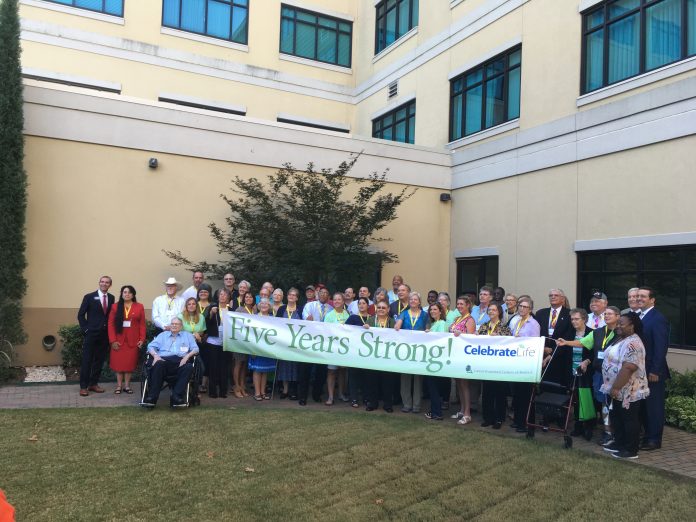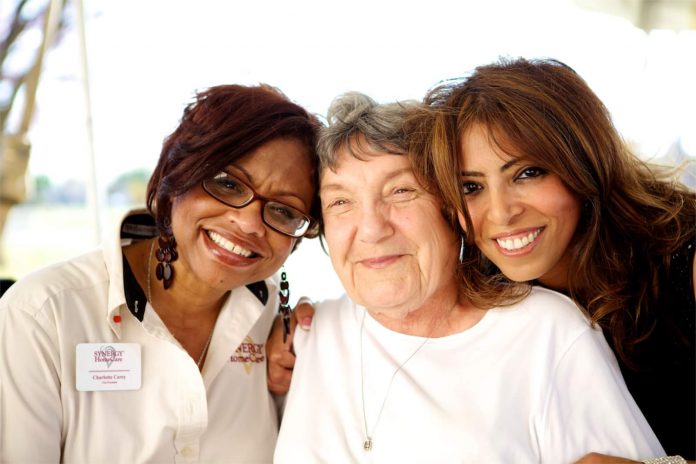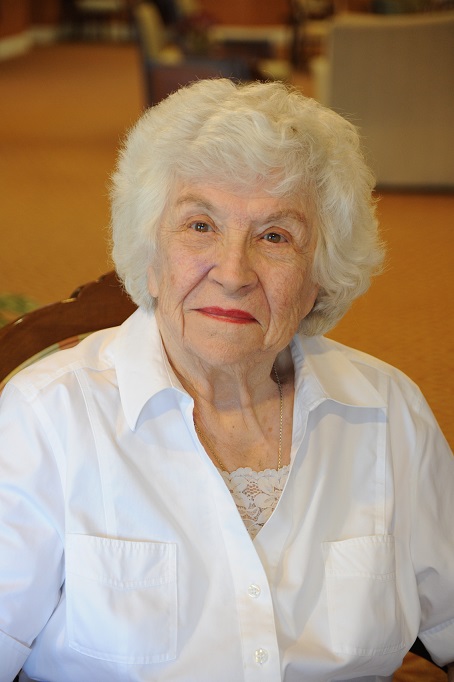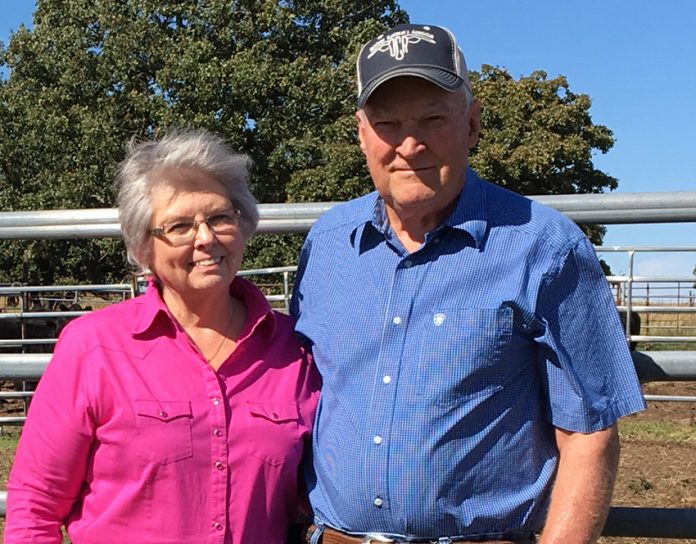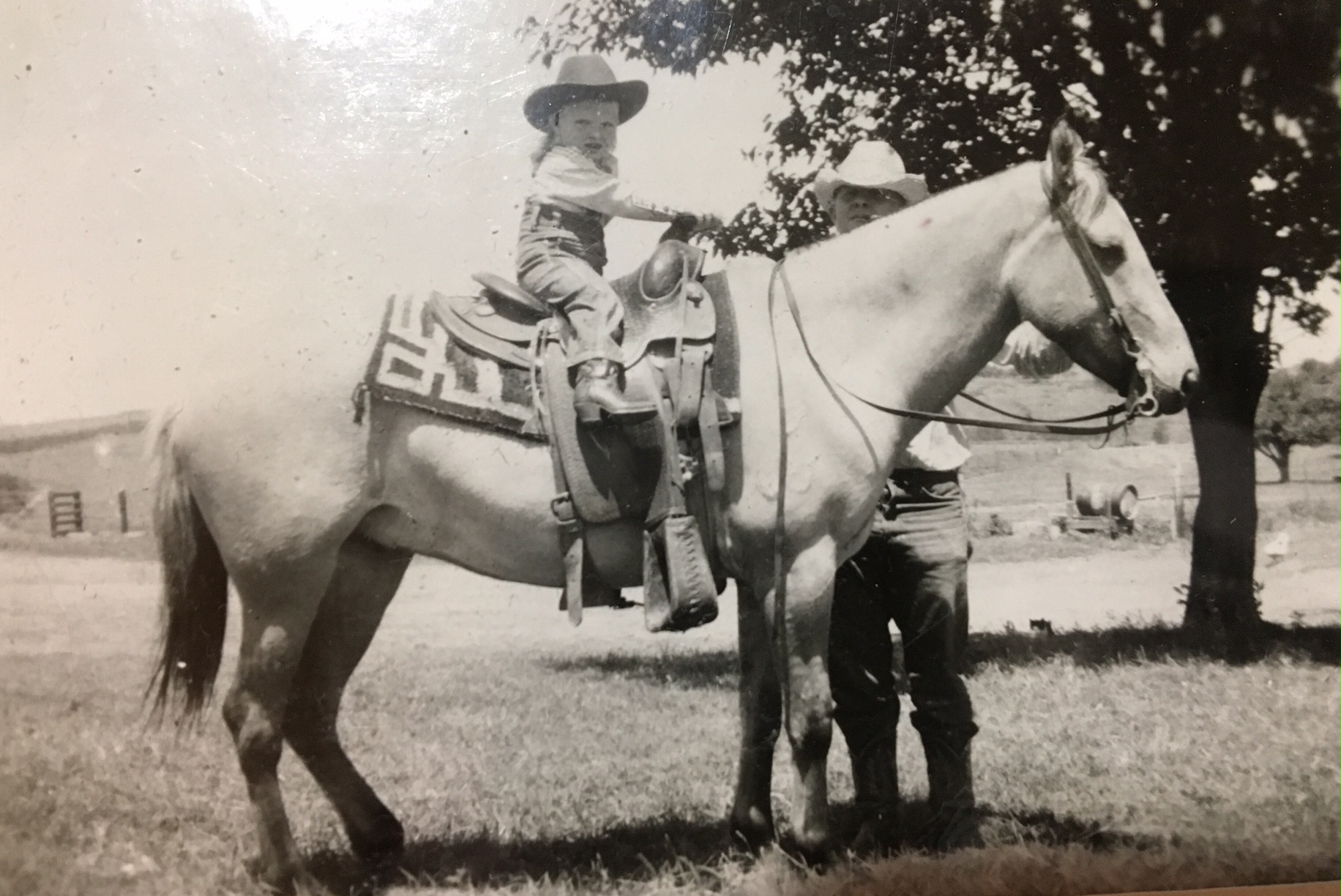by Mary Waller
In many cultures the tree is a symbol of life, of a fresh start, of good health or a bright future. For these reasons, the tree has become a central figure for Cancer Treatment Centers of America (CTCA) and its 22nd annual Celebrate Life event which honors cancer survivors for their personal triumphs over cancer, five years after first receiving treatment at the Tulsa hospital. To honor these survivors, the hospital plants a tree through the Arbor Day Foundation in their name.
This year, almost 50 cancer celebrants made the trip to Tulsa for event at CTCA in northeastern Oklahoma. The honorees journeyed from all over the country – from Colorado to Florida. Many brought friends with their relatives, surrounding themselves with the caregivers, prayer warriors, best friends, spouses, parents, children and grandchildren who had been with them each step of their treatment and recovery. During the uplifting event, CTCA nurses, doctors, administrators, staff, and of course family, cheered as each name was called and as white doves were released.
Reaching the five-year survival mark is a huge milestone for most patients who have experienced the cancer journey. And not just for the patients and family, but also for the hospital’s team members, especially the nurses. The special celebration is a time for many nurses to see patients once more for who they have cared, counseled, served and often come to know incredibly well.
“We are all always thrilled to share this special and uplifting day in our patients’ lives,” said Tammi Holden, chief nursing officer and vice president of oncology patient services at CTCA in Tulsa on behalf of the staff. “When a patient comes to our hospital, our entire team – from medical oncologists and registered nurses to physical therapists and licensed dietitians – works together with the individual and their caregivers toward the goal of not just surviving, but thriving.
“This event is an important tradition that commemorates their incredible story and every single new day they enjoy,” added Holden. And for every survivor, CTCA commits to planting a tree in their honor.
In addition to returning to Tulsa for the event, the Celebrate Life honorees are given the opportunity to add their names on brass leaves to the “Tree of Life” in the hospital’s entrance. In addition, an Interactive Survivor Tree, which includes a kiosk and large electronic wall screen near the lobby fireplace, allows visitors to select a specific person’s leaf and hear more about their cancer story. After participating in activities such as a group photo opportunity, “Camp Thrive Survivorship Fair,” and a luncheon, many survivors often seek out a beloved nurse, favorite doctor or special staff member for a hug or to introduce them to a family member.
This year CTCA celebrated 27 years in Tulsa serving, caring for, treating and helping patients. Over the years, the hospital has recognized more than 1,500 Celebrate Life five-year survivors and this year added a second “Tree of Life” in the hospital’s gallery to hold all of the honoree’s names.
Holden added, “The forest continues to grow, and that’s a good thing!”


